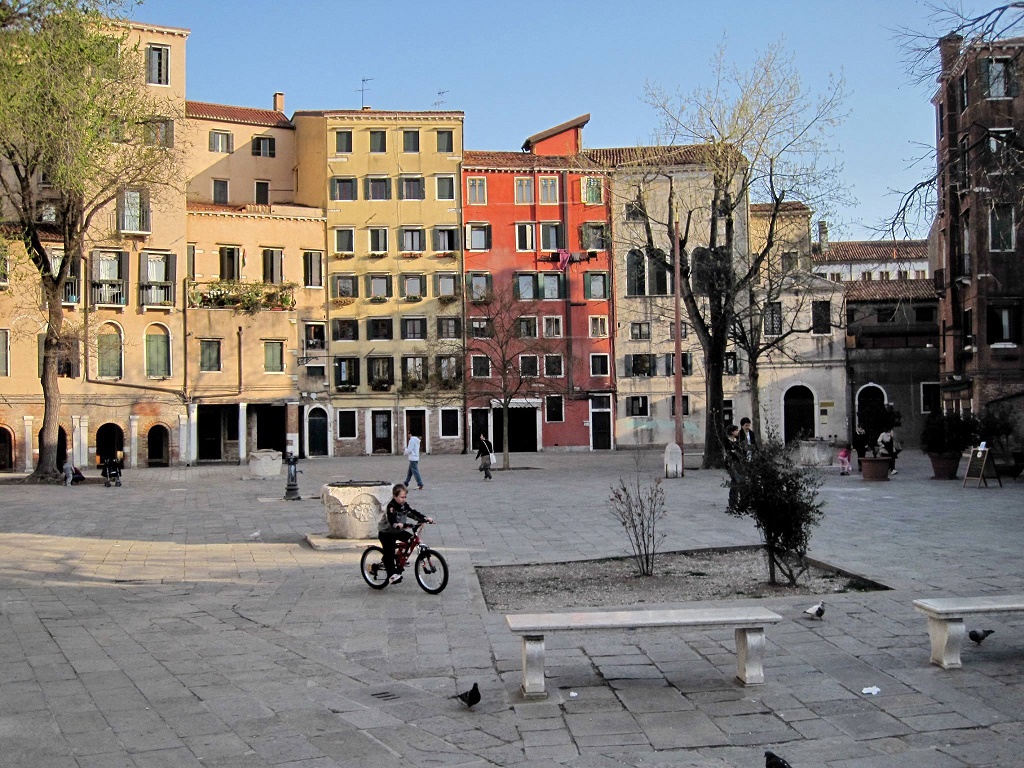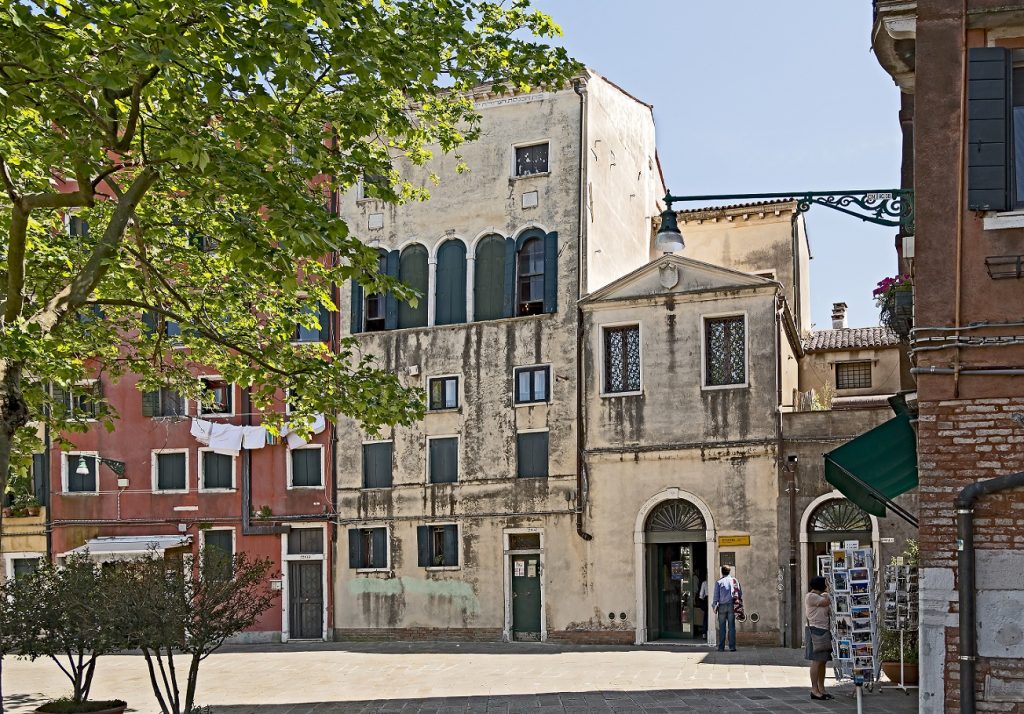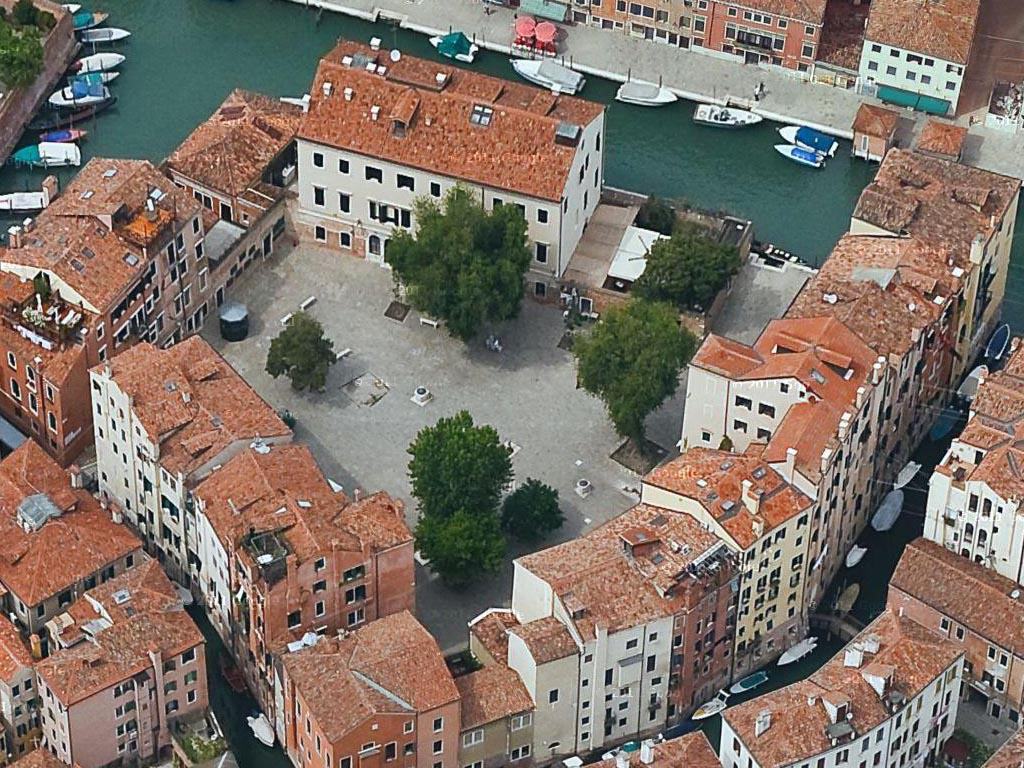The ancient Ghetto of Venice is full of suggestions. The oldest in the world. It was founded in 1516 in a peripheral area of the city where previously foundries were located. Hence its name, Ghetto, which probably derives from ghetto (in Venetian means casting of molten metal, foundry). Is that then it was used in all the languages of the world to indicate an isolated place of great marginalization. In reality, the Serenissima Republic at the time did not want to give this area of the city a negative connotation as it was then received over the centuries. Jews for the Republic of Venice were "precious". Of importance for trade and the economy, as an exhibition organized at Palazzo Ducale for the 500th anniversary of the foundation of the Venetian Ghetto in 2016 recalled.

Important because they represented a reality that interacted with the city. The choice had been, the interesting set-up of the exhibition highlighted, not to expel the Jews - in years when Europe was expelling them from many countries - but to keep them inside the Ghetto. With rules that were often burdensome but still allowed freedom of worship and protection in the event of war. The Serenissima made this choice of tolerance "like the lesser evil", it explained. The Ghetto was a place to organize the Jewish presence in the city, and the closure "ended up turning into a useful defense as well". A form of "reception and surveillance at the same time".
On the Day of Remembrance, the story of how, in 1516, the Senate of Venice decreed the establishment of the first Ghetto
In Memorial Day, which on January 27 of each year commemorates the victims of the Shoah and the Nazi-fascist persecution, likes to tell about this place rich in history, art, culture and beauty. In Venice a small Jewish community was already present from the first centuries of the Common Era. It was only in the sixteenth century, however, that the Senate of the Republic, Doge Leonardo Loredan, decided to establish the Ghetto by decree of 29 March 1516. Where, over the years, a cosmopolitan reality settled because Jews of different origins lived in the Ghetto of Venice. Four Christian caretakers (paid by the Jews) closed this gated area at midnight and reopened it in the morning. During the closing hours, two boats circulated in the canal around the Ghetto to prevent night escapes and possible violations of the rules.
With the fall of the Republic and the arrival of Napoleon, in 1797, the doors of the oldest Ghetto in the world opened and, for the Jews, the obligation to reside in this area lapsed.
The five synagogues of a very cosmopolitan Ghetto
New, Old and Brand New Ghetto are the three areas that make up this small city within the city. Listed in order of seniority because, despite the name, the New Ghetto is older than the Old one. It was the first and was destined for the Jewish population who came mainly from central Europe. In 1541 the Ghetto Vecchio was granted to the Levantine Jews. In 1633 the Ghetto Nuovissimo was also added. The first synagogue of which we know is the Great German School, to which the Canton School, the Italian School, the Levantine School and the Ponentina or Spanish School were added.

They were built by the different ethnic groups of the Venetian Jewish community between the XNUMXth and XNUMXth centuries. Inconspicuous on the outside because they are placed on pre-existing buildings, some are considered among the most beautiful in Europe for the value and uniqueness of their interiors. Even today they testify to the value of this place. Distinguished, compared to the rest of the lagoon city, by very tall houses. Which were divided into lower-than-normal floors to hold as many people as possible.
The memory of the Shoah in the works of Arbit Blatas
Il Jewish Museum, opened in 1954, is located in the area of the Ghetto Nuovo and is "nestled" between the two oldest synagogues. It is a great little museum with a rich cultural heritage. It is divided into two areas. One is dedicated to Jewish holidays and objects used for the liturgy. The other tells the long story of the Venetian Jews. With insights into the cultural life of the Ghetto and theVenetian Jewish publishing which is famous throughout Europe for its highly prized editions. Among small shops, kosher pastry shops and restaurants, art galleries and centers of Jewish education and culture, it is a nice walk that leads to the discovery of the Ghetto of Venice. Whose architectures today are not very different from what they were many years ago.

In Campo del Ghetto Nuovo seven bronze bas-reliefs, made by the Lithuanian artist of Jewish origin Arbit Blatas, commemorate the victims of the Nazi deportation. Not far away, a plaque with the names of the 246 Venetian deportees is placed side by side with another work by Blatas dedicated to the Shoah. We started right from here. Today, January 27, Memorial Day.
(featured photo credits: Fb Jewish Community Venice)





